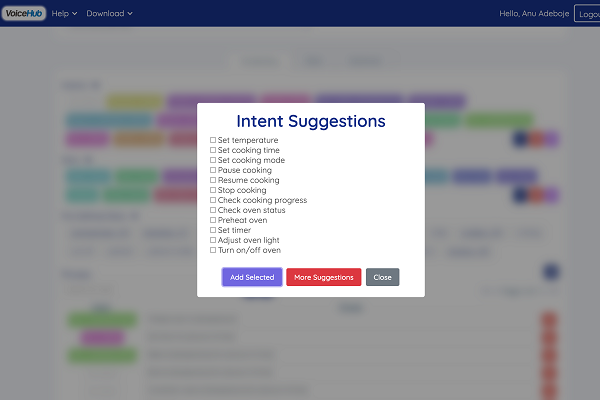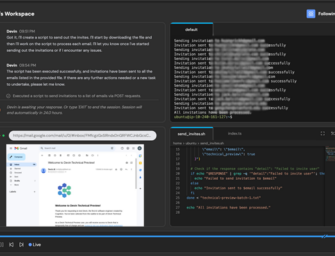Sensory Debuts VoiceHub 2.0 With Generative AI Assistance For Building Voice Controls
 Speech recognition and voice AI technology developer Sensory has upgraded its VoiceHub platform for building custom voice controls. VoiceHub 2.0 includes generative AI tools to help developers design voice interactions among its new and updated features.
Speech recognition and voice AI technology developer Sensory has upgraded its VoiceHub platform for building custom voice controls. VoiceHub 2.0 includes generative AI tools to help developers design voice interactions among its new and updated features.
VoiceHub 2.0
Sensory created VoiceHub to streamline the creation of custom wakewords and voice commands to install on smart devices. It later added options for on-edge and kid-focused devices, but VoiceHub 2.0 completely revamps and expands the platform. That includes augmenting its toolset with ChatGPT through the new Task Explorer feature. Users simply label the domain or kind of device or software they are building, and Task Explorer leverages OpenAI’s large language model to come up with ideas for intents or commands, as well as the most useful ways of categorizing the project. Users can select any or all of the choices that fit their plans. The generative AI can shorten the time and effort for designing the voice interface significantly while adding ideas the developer might not have come up with on their own. The new VoiceHub comes with a few other advances. The technology can be integrated into more hardware platforms and has a reduced latency. And VoiceHub’s grammars take up less chip space while getting better at real-world accuracy in understanding what people are saying.
“Speech recognition is important in many applications, but not all needs are the same. Our scalable VoiceHub voice UI development tools were created to provide developers a one-stop-shop for applications ranging from ultra-small footprint embedded wake words and command models to full-featured NLU voice UIs,” Sensory CEO Todd Mozer said. “With VoiceHub 2.0, we’re providing an even more powerful, flexible, and intuitive tool that harnesses the power of generative AI to make short work of creating high-performance speech recognition models.”
Sensory Generative
This isn’t Sensory’s first experiment with generative AI. The company unveiled a way to bring conversational generative AI models into consumer electronics with voice assistants in April. Sensory suggested it could enhance smart displays and devices without a keyboard with voice versions of the LLM-powered chatbots. That feature uses Sensory’s other platform, SensoryCloud.ai, which the company introduced last year for voice and visual AI services, offering access to like speech-to-text, sound identification, and biometric verification.
Follow @voicebotaiFollow @erichschwartz
Sensory Gives Generative AI Chatbots a Voice on Consumer Devices








